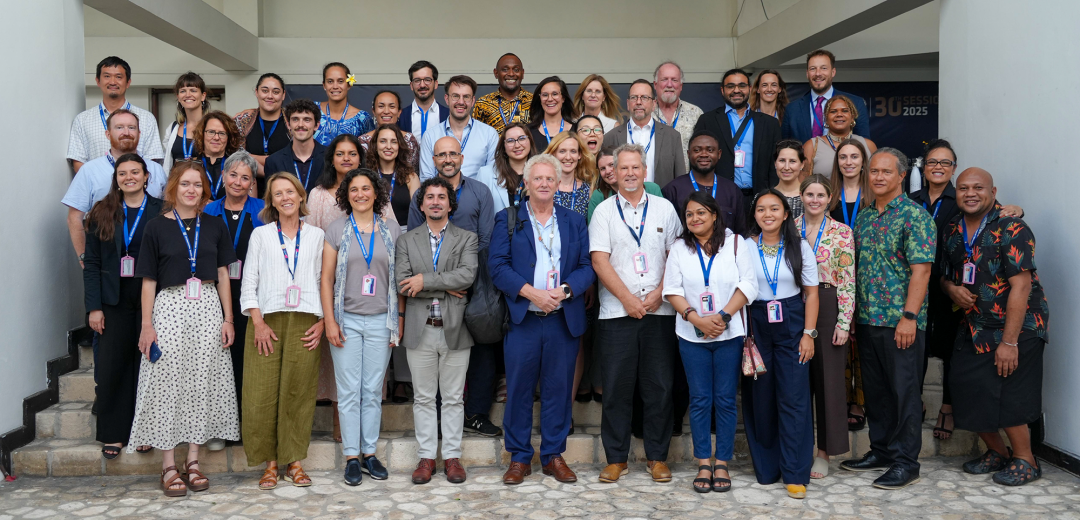The Science: What We Don’t Know
Science has made progress, but significant knowledge gaps about the deep sea and impacts from mining remain. Consider this:
- Only 0.001% of the ocean floor has been visually surveyed.
- The deep sea operates on a different timescale — animals can live for centuries, ecosystems recover slowly (if at all).
- Many species may go extinct before they’re even discovered.
For each of the three mining mineral targets, scientific uncertainty, especially around impacts and ability to recover, is a major issue:
- Nodules: In the CCZ, over half of the species, many which are undescribed, depend on nodules. Remove the nodules, and you risk species extinction. Indirect impacts, like sediment plumes, could have far-reaching effects like the significant disruption of ecosystem services.
- Sulfides: Around inactive vents, we know little about what species live there. What we do know from nearby active vents, is that these are incredibly rare and important ecosystems with many species that only live in these unique habitats. Damaging vents through mining – even inactive ones – could result in the massive loss of entire species.
- Crusts: On seamounts, mining involves scraping the seafloor – removing the top layers of life-filled and life-supporting crust, thus destroying the incredible biodiversity housed in these habitats. It also would likely impact fisheries and migratory species who indirectly depend on these ecosystems.
Even if restoration were technically possible (and that’s a big “if”), it would likely take centuries, not decades and be very, very difficult.
Beyond Biology: The Economics Don’t Add Up
As scientists, most of our concerns focus on ecological risks and scientific knowledge gaps, but the economic case for deep-sea mining is an important topic for everyone at the session. And even here, the case for deep-sea mining seems to fall short.
Key points raised include:
- Some economic models show a negative net present value — meaning deep-sea mining may not be profitable at all.
- Metal prices have dropped since original projections – so the expectation of enormous wealth to be gained through mining is becoming less and less realistic.
- A true cost-benefit analysis must account for environmental damage, social and cultural loss, and long-term legal and financial liabilities, something very difficult to do given current knowledge gaps.
One study assessed different cost-benefit variables and found significant gaps in qualitative knowledge and quantitative data that could be used in a comprehensive analysis. Even with incomplete information, the early indicators are troubling: an economic expert shared that we may be trading $1 in revenue for $9 in long-term social and environmental costs. Begging the question: is deep-sea mining really worth it?
Governance: Old Assumptions, New Realities, Added Pressure
When deep-sea mining was first proposed in the 1960’s, the deep sea was thought to be lifeless, and the economic returns limitless. We thought we could mine with very little impact to the ocean ecosystem and it would result in significant financial wealth. We now know these assumptions were wrong — but they still shape today’s debates.
The International Seabed Authority (ISA)was created to govern the seabed that extends beyond national jurisdiction – what is considered to be the common heritage of all humankind. And in this role, was tasked with developing regulations for mining that would ensure that the profits from this exploitation would truly benefit all humankind.
To adopt the mining code regulations, the ISA council must approve by consensus. This ensures broad agreement, but it also means the process is slow. Some states fear that outside pressure — such as the April executive order by the U.S. President Donald Trump to move forward with deep-sea mining unilaterally — could force premature decisions.
While the US’s unilateral action isn’t technically illegal as they are not a member of the ISA (only an observer), any participation by ISA member states in any part of the mining process (including transportation and mineral processing) could breach international law. Many states are rightly cautious, unwilling to make irreversible decisions while major scientific, legal, and ethical questions remain unanswered.
So, Where Do We Go From Here?
The session made one thing clear: deep-sea mining is not just a technical issue — it’s a moral and societal one. We must ask ourselves:
- What level of ecological damage is acceptable?
- How many species are we willing to lose forever?
- What do we owe future generations?
- And ultimately, is mining even worth it?
There’s a critical need to strengthen the science-to-policy interface, define clear environmental goals that can guide further scientific research, and ensure that decisions are informed by independent, transparent research — not just economic ambition that may not even reflect our current reality. This is aligned to Senckenberg Nature Research and Senckenberg Ocean Species Alliance (SOSA)‘s call for a precautionary pause of deep-sea mining in the face of insufficient science.
For now, the world has hit pause. And that might be the wisest decision of all.
A special thanks to the Deep Sea Conservation Coalition for enabling me to attend as part of their cohort through their official ISA observer status.




